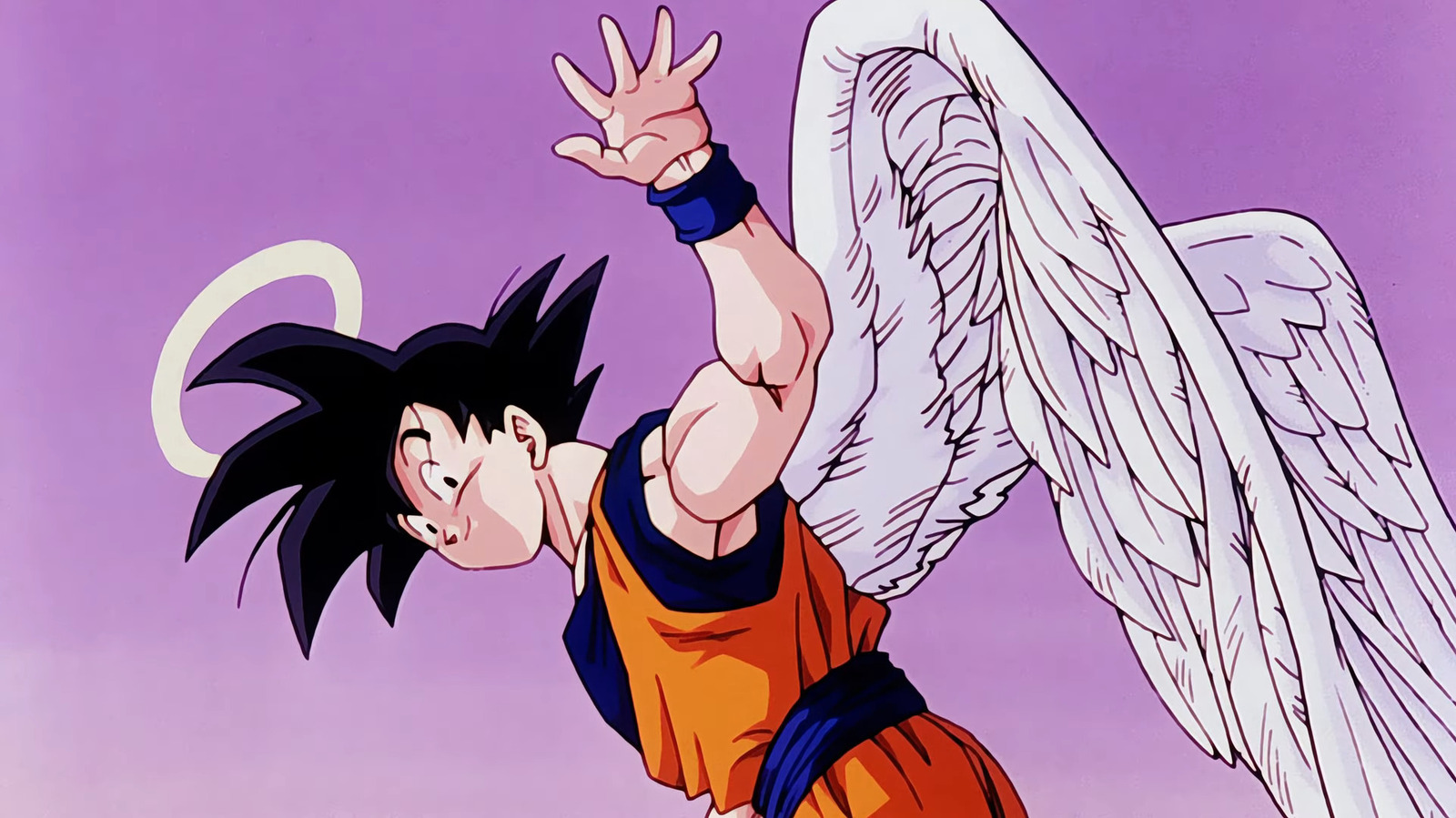
This Classic Anime Exceeds Its Legendary Status
Welcome to the realm of Ani-time Ani-where, a dedicated space aimed at introducing newcomers to the vibrant world of anime. The anime industry is thriving like never before, with major American studios collaborating with Japanese creators on projects that are part of grand franchises such as “Lord of the Rings” and DC Comics. With an influx of fresh shows hitting the screens every few months, it’s hard to see the appeal of diving into lengthy episodes of older series with dated animation, especially when the groundbreaking aspects of those shows have been endlessly remixed, referenced, and parodied. Consider “Dragon Ball,” a series that has inspired an entire generation of anime and manga, with hits like “One Piece,” “Naruto,” “My Hero Academia,” and “Hunter x Hunter” tracing their roots back to the visionary Akira Toriyama. Can you imagine live-action superhero flicks like “Superman” paying homage to classic anime series if not for “Dragon Ball” sparking countless debates about who would win in a fight against Goku? It’s easy to overlook just how monumental “Dragon Ball” and its continuation, “Z,” are in global pop culture. This franchise not only revitalized Toonami but turned a whole generation of viewers into die-hard anime fans. Indeed, “Dragon Ball” has become the face of anime, with Goku embodying the quintessential anime hero. Just consider how many characters sport spiky hair inspired by him. Which other series could gather thousands of fans on the streets of Mexico, captivated by animated battles? The influence of “Dragon Ball” is simply unparalleled. Yet, if you revisit “Dragon Ball” today, you may just discover that it’s even more remarkable than its established reputation suggests.
For those who’ve been oblivious to its legacy for the last four decades, “Dragon Ball” chronicles the adventures of Son Goku, a young boy on a quest across the globe—and beyond—to gather magical Dragon Balls that can fulfill any wish. The narrative soon transforms into a superhero saga where Goku and his companions face progressively formidable foes in a bid to save their world, and at times, the multiverse itself.
What Sets Dragon Ball Apart
Let’s clear the air: skipping over the original “Dragon Ball” to jump straight into “Z” is a grave mistake. Doing so would deprive you of experiencing the brilliance of Akira Toriyama’s storytelling and his remarkable comedic flair. The original series leans heavily towards a whimsical fantasy adventure homage to classic Jackie Chan films, packed with clever gags and humor. It only takes 11 episodes for Goku and his friends to collect all the Dragon Balls, and even then, their first wish is good for a chuckle. Every moment in “Dragon Ball” centers on showcasing the silliest intellect, driving home the fun and creativity behind its humor.
Even as the series transitioned to include significant tournament arcs, they remained largely humorous. Consider Goku’s unlikely triumph over larger and seemingly stronger opponents, or his entertaining annihilation of countless Red Ribbon Army soldiers. The rogues’ gallery that Goku grapples with throughout the saga—across “Z” and “Super”—features villains who are often more comical than menacing. The series kicks off with an absurdly diminutive tyrant devoid of a nose, only to follow that up with laughable generals of the Red Ribbon Army. The humor persists in “Z,” where we encounter the Ginyu Force, over-the-top muscle-bound fighters more obsessed with striking a flashy pose than actual combat, alongside the lovable Majin Buu, who reduces foes to chocolate for a snack!
The battles in “Dragon Ball” truly stand out, showcasing martial arts artistry where tiny Goku exhibits Jackie Chan-style moves against a host of adversaries. The recent offering “Dragon Ball Daima” highlights this martial arts legacy. Although the tone shifted toward a superhero adventure, the series consistently discovers innovative ways to heighten the stakes and keep its confrontations fresh. Fights may stretch across numerous episodes, yet each moment remains engaging and pulsing with excitement.
What Dragon Ball Contributes to Anime
Despite much of “Dragon Ball” being synonymous with Goku’s physical confrontations, the series encompasses so much more. Its brilliance lies in its genre-blending ability. While Akira Toriyama may not have anticipated the series evolving as it did, he leveraged that evolution and successfully maintained a captivating storyline throughout its development. Beginning as a fantasy adventure influenced by “Journey to the West” and Chinese traditions—interspersed with Goku battling dinosaurs—”Dragon Ball” deftly interwove futuristic sci-fi elements and a diverse array of demons and aliens. Notably, “Dragon Ball Super” even delves into the multiverse concept. This expansive world-building laid the groundwork for subsequent anime like “Naruto” and “One Piece,” inspiring authors to create richly layered worlds with multifaceted story arcs and characters capable of significant transformations while remaining consistent within their core.
A remarkable highlight of “Dragon Ball” is its theme of friendship and alliances. Long before the “Fast” franchise started turning adversaries into dinner companions, “Dragon Ball” presented Goku befriending former foes. Krillin transitioned from rival to best buddy, with Yamcha evolving from a robber to a loyal ally. Even villains like Piccolo and Vegeta underwent substantial redemption, with the former becoming a father figure to Gohan, and Vegeta evolving into a devoted husband. Vegeta set the stage for a trend in anime rivalries that is still felt today, influencing characters from Bakugo to Sasuke who owe their growth to this relatable dynamic.
Why Everyone Should Experience Dragon Ball
With 40 years since the “Dragon Ball” manga began serialization, the impact on the manga and anime landscape has been profound. Whether you’re an ardent anime enthusiast who tuned in to “Dragon Ball Z” on Toonami, someone familiar with contemporary battle shonen but hesitant to revisit its origins, or a newcomer unsure of diving into a lengthy series, know this: the journey is undeniably rewarding. Even if you think you know the essence of “Dragon Ball” based on its reputation or through the memes saturating popular culture, the franchise holds surprises that extend far beyond what you might imagine.
It’s a comedic, adrenaline-fueled, heartwarming, exhilarating saga teeming with emotional depth, proving itself worthy of its acclaim as one of the greatest anime series of all time—if not the most recognized. Goku’s influence resonates across character designs and arcs in modern anime. The techniques and plot devices established within “Dragon Ball” have become staples, done so effectively that they inspire countless creators to pay homage or replicate its impactful legacy. Akira Toriyama might no longer be producing new content, but the spirit of “Dragon Ball” remains eternally alive.
Watch This If You’re a Fan of: “Hunter x Hunter,” “My Hero Academia,” “Naruto.” “Dragon Ball” is available for streaming on Crunchyroll and Hulu. Recommended.





